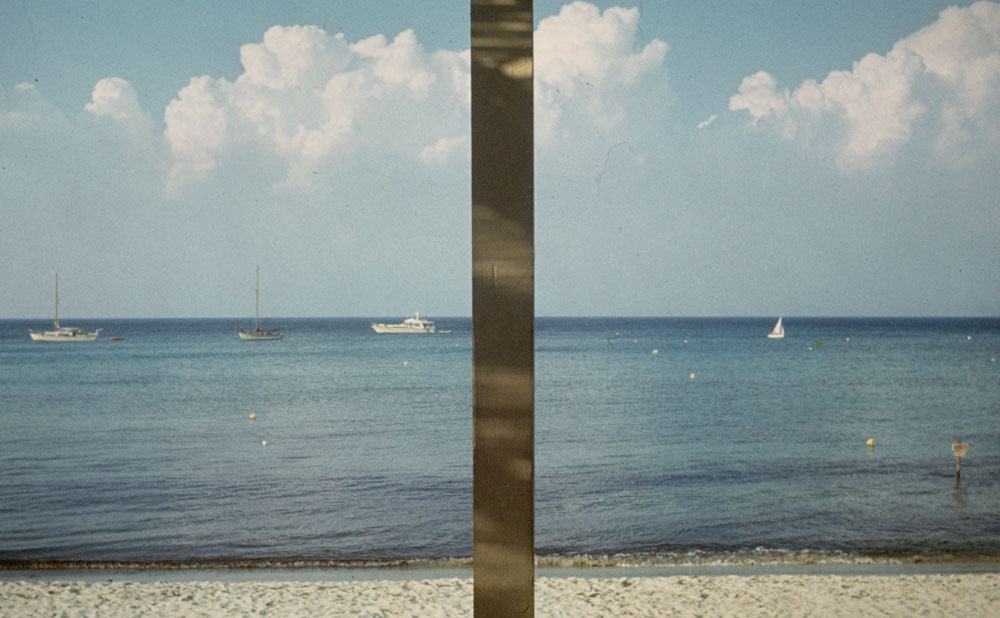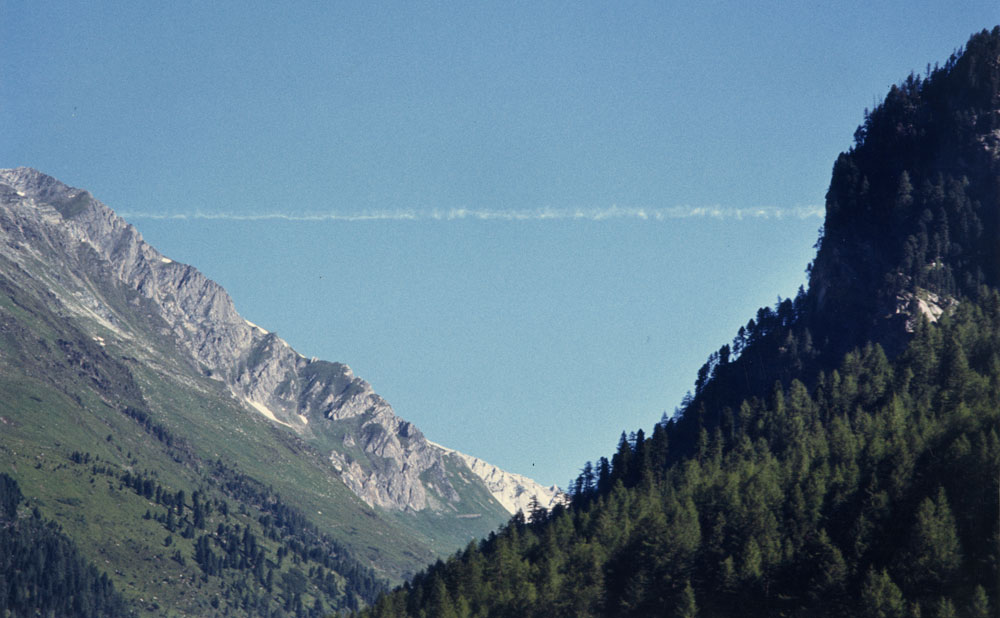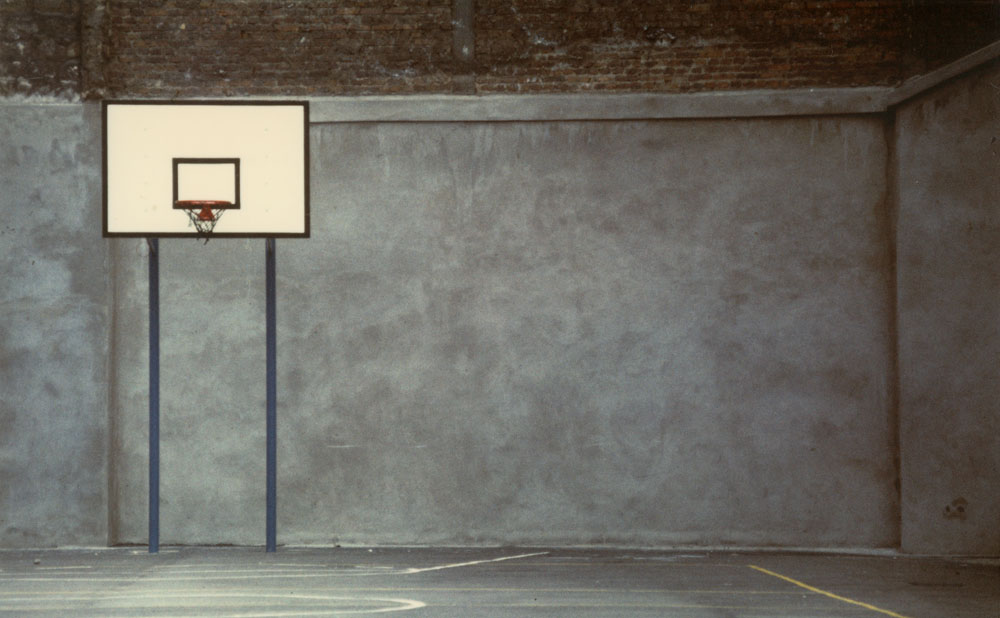LUIGI GHIRRI
Back in the 1970s, the Italian photographer Luigi Ghirri foresaw the challenges that would face us on all sides during our current, Instagram-fueled age. “The daily encounter with reality, the fictions, the surrogates, the ambiguous, poetic, or alienating aspects, all seem to preclude any way out of the labyrinth, the walls of which are ever more illusory,” Ghirri wrote in his self-published first book, Kodachrome, in 1978. Twenty-five prints from Kodachrome are currently on display at Matthew Marks Gallery, alongside a much-needed repress of the book itself, lovingly printed by UK art-book publishers Mack.
Ghirri’s work has enjoyed a well-deserved resurgence in recent years, and American audiences are finally getting a comprehensive look at Ghirri’s œuvre since his untimely death in 1992. First, Aperture published its survey of Ghirri’s mature work, entitled It’s Beautiful Here, Isn’t It…. Then the exhibition “Luigi Ghirri: Project Prints” debuted at Torino’s Castello di Rivoli, spawning a handsome catalog. Perhaps most prominently of all, Ghirri’s work figured centrally in “La Carte d’Apres Nature,” the celebrated group exhibition curated in 2010 by Thomas Demand.
From first glance, Ghirri’s work distinguishes itself with its subtlety and sophistication. He most frequently trained his lens on prosaic details of daily life, using an offhand, casual compositional style maybe better suited to a tourist’s snapshot than a great work of art. And yet, the resulting photographs are glorious things, lucid, often humorous, but never overbearing in their message. There’s a casual cool to Ghirri’s work; his photos succeed as prompts for memory and emotion that are often almost, but never quite, overshadowed by their formal and chromatic loveliness. The photos on display at Matthew Marks, with their vivid jewel tones and faded ambience, must have been technically deft for their time, and are rendered all the more arresting by their modest (irregular) sizes. Ghirri composed with an unabashed eye for patterns and symmetries, but still managed to fill his modest photos with evidence of the uncanny. In the 1970s, his work was equally influential on the photographers busily developing the New Color and New Topographics movements, and the images at Matthew Marks are a perfect portrayal of his nascent style.
Later Ghirri would go on to work with Giorgio Morandi as well as the architect Aldo Rossi, both of whom shared an interest in platonic forms and colors that would provide perfectly elegant subjects for Ghirri’s lens. Looking back at the lush early works that appeared in Kodachrome, one encounters photo after photo shot through with an almost cinematic poignancy and a ready-made nostalgia that isn’t always easy to trust. Indeed, the many layers of reality that inform human experience were always something that fascinated Ghirri; he frequently photographed photographs, or created images in which people interact with images, to simultaneously humorous and unnerving effect.
Ghirri summed it up best himself: “The meaning that I am trying to render through my work is a verification of how it is still possible to desire and face a path of knowledge, to be able finally to distinguish the precise identity of man, things, life, from the image of man, things, and life.”
“Luigi Ghirri: Kodachrome” runs through April 20 at Matthew Marks Gallery, 523 West 24th Street, New York. All images © Estate of Luigi Ghirri, courtesy of Matthew Marks Gallery.




















